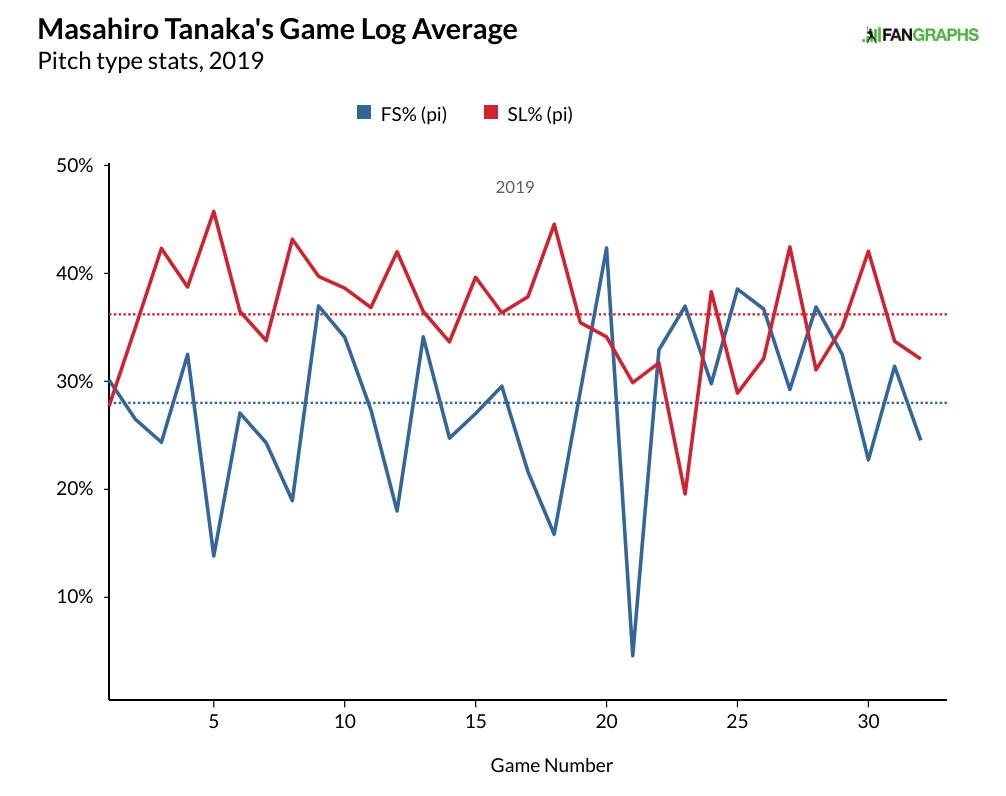The Ball Threatens to Overshadow Baseball
With the postponement of Wednesday’s scheduled ALCS Game 4, the de-juiced baseball remained a hot topic of discussion, particularly in New York, where the Yankees appeared to catch a game-changing bad break on Didi Gregorius‘ fifth-inning fly ball that instead of becoming a three-run homer that would have swung the lead in their favor, was caught at the warning track. Players and managers are talking about it, fans are talking about it, analysts are talking about it — here in New York City, even on the 10 pm local news. Like it or not, it’s an issue that won’t go away, in part because of MLB’s stubborn insistence that nothing has changed, even in the face of evidence to the contrary, as well as the reality that the league actually owns about 25% of Rawlings, the manufacturer of the baseball (the other 75% is owned by Seidler Equity Partners, founded by Peter Seidler, the leading investor of the Padres). While none of this invalidates what the players on the field are accomplishing, everybody is suddenly playing or watching a very different game than we’d grown accustomed to during the regular season.
On Saturday, our own Craig Edwards reported that Cardinals manager Mike Shildt said that his team’s analytical department had noted that fly balls are traveling four-and-a-half feet less far than normal. ESPN’s Jeff Passan reported on Wednesday that officials from two unnamed teams (quite possibly those of the Astros and Yankees, since Passan was reporting from New York) “concurred that whatever batch of balls has been used during October is not performing the way the ones in the regular-season did.”
The change concerns the drag on the baseball, which according to the work of Baseball Prospectus’ Rob Arthur has increased sharply relative to the regular season, strongly suggesting that different balls are being used. Arthur estimated that 50% more homers would have been hit if the regular season ball were being used. On Thursday, Arthur published a new piece showing that the postseason baseballs are also affecting pitchers, producing slightly less vertical break (by about 0.4 inches) on curveballs, and that “Sliders are cutting across the zone a little less; sinkers staying a little more buoyant… [The changes] all seem to hover on the border between just large enough that baseball’s tracking system can detect them and just small enough that a major-league hitter probably wouldn’t care.” Read the rest of this entry »


